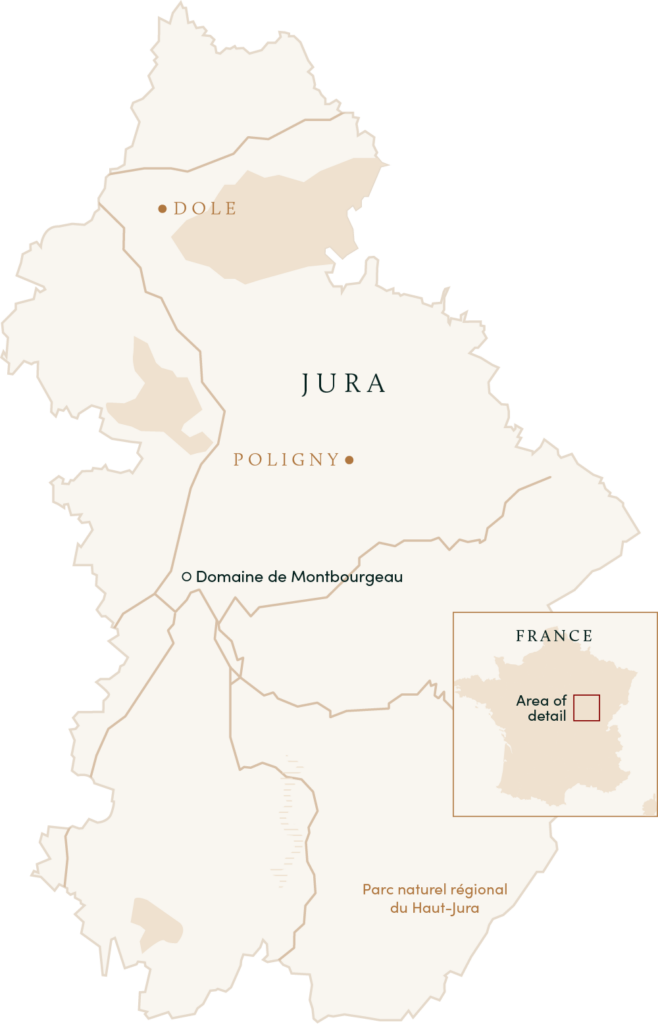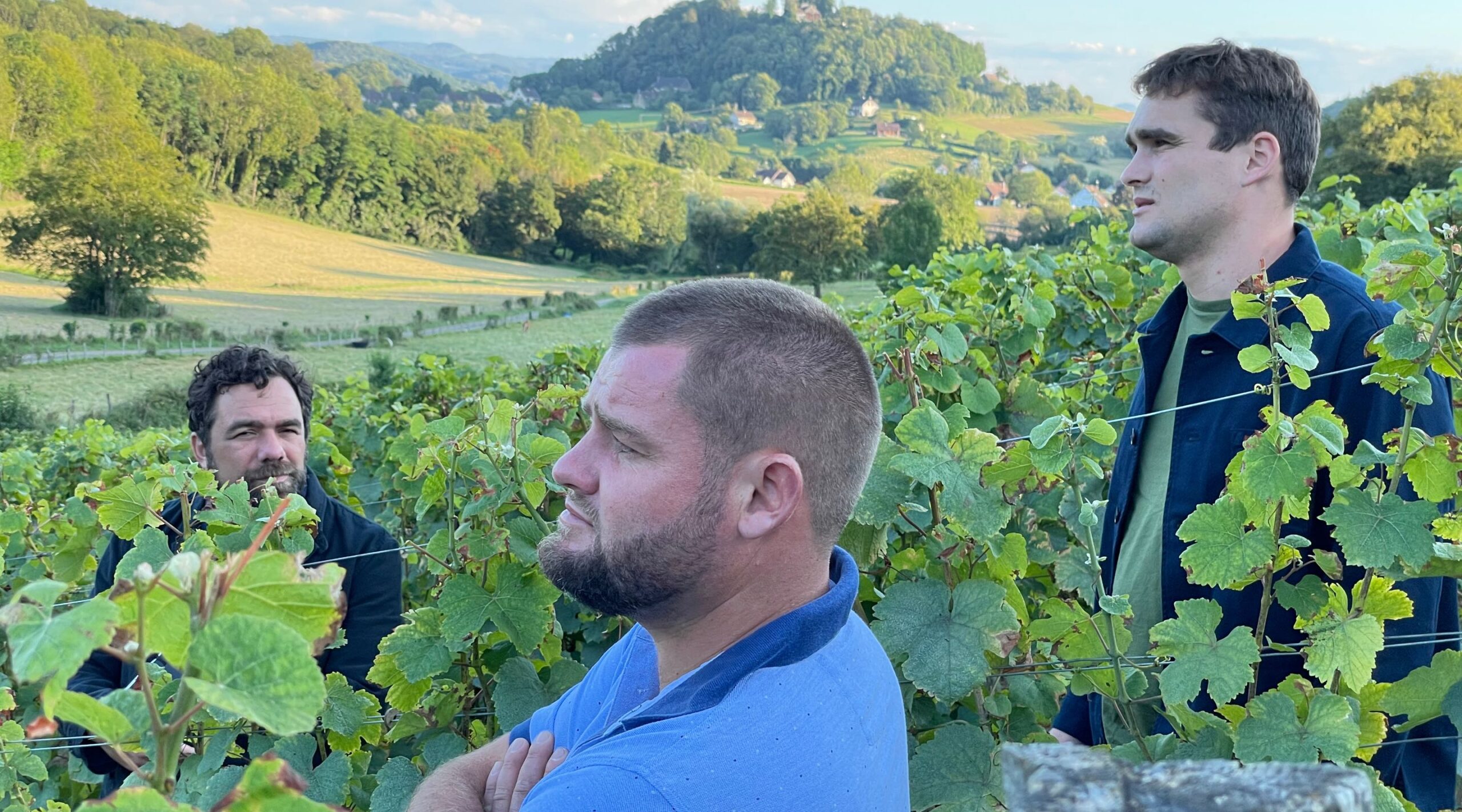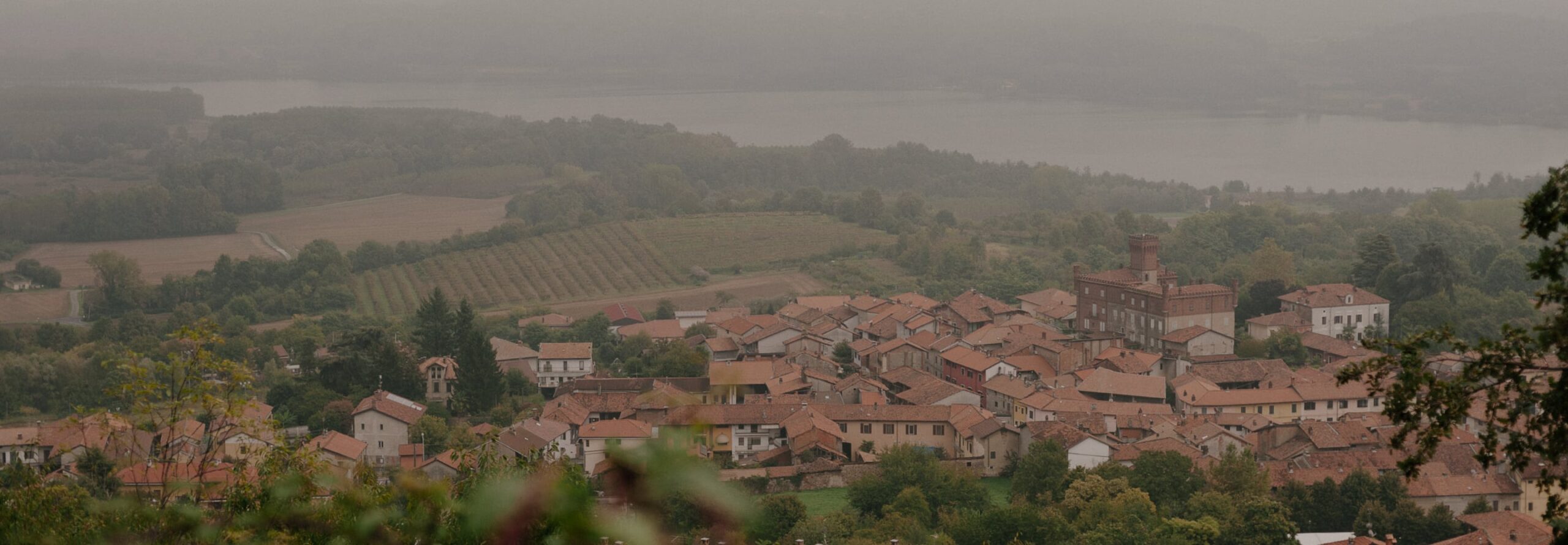Domaine de Montbourgeau has produced traditional Jura wines since Victor Gros, the grandfather of current Vigneronne, Nicole Deriaux, first planted the estate’s vineyards in 1920. Nicole’s father, Jean Gros, was responsible for expanding the domaine once he acceded to the head of the family in 1956. Thirty years later (1986) Nicole joined her father and she now is fully responsible for the operation of the domaine. Her three sons are waiting in the wings!
The estate is located in the village of L’Etoile in the southwestern zone of the Jura. The origin of the name “L’Etoile” (meaning “star”) is attributed to either the fact that there are five hills surrounding the village in the pattern of a star or, more probably, because of the numerous specimens of the fossils of ancient starfish that are found to this day in the soils of this appellation. The appellation itself is very small, including only 52 hectares, principally in the village of L’Etoile but also with certain vineyards in the neighboring villages of Planoiseau, Saint Didier and Qunitigny.

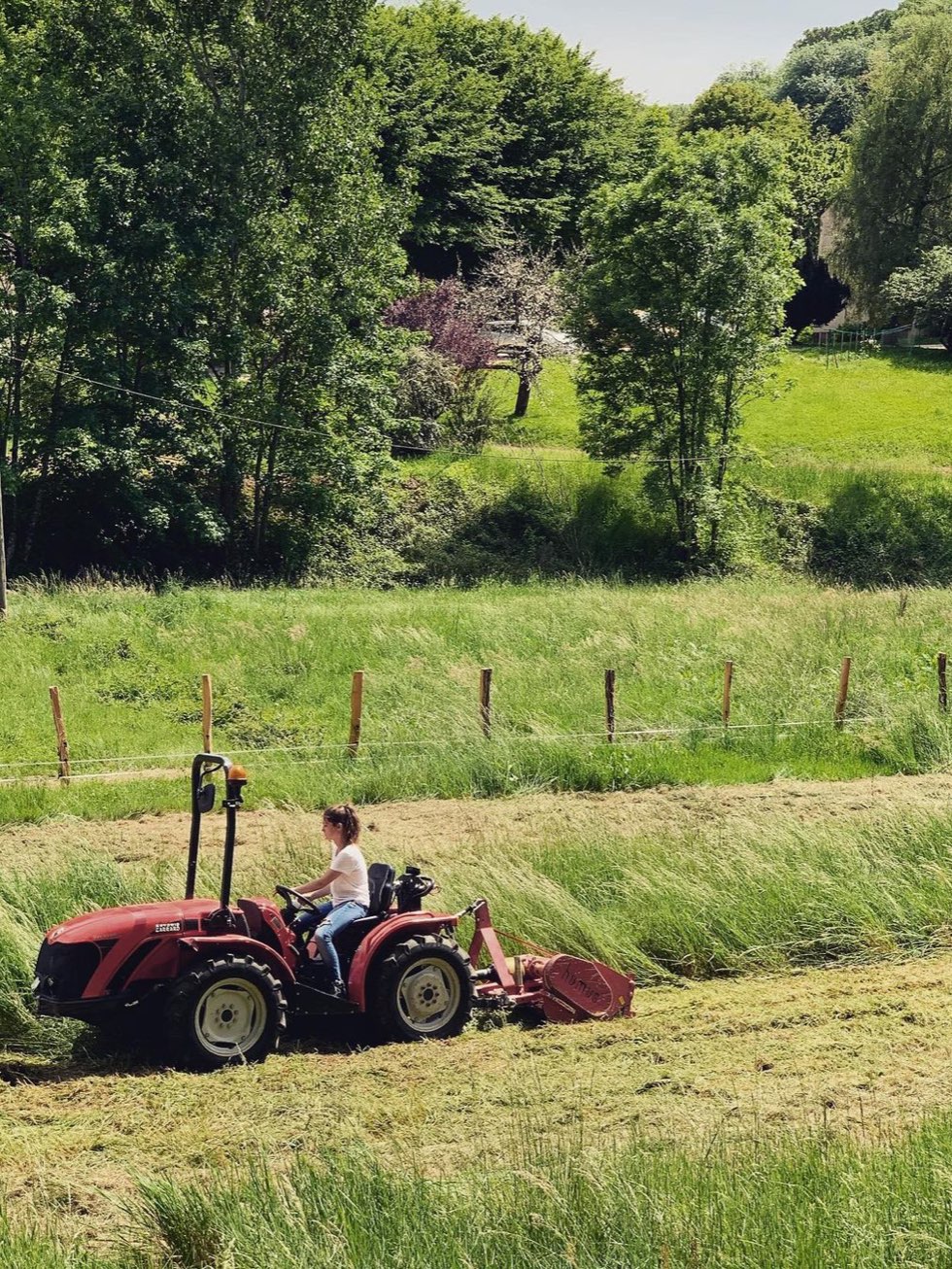
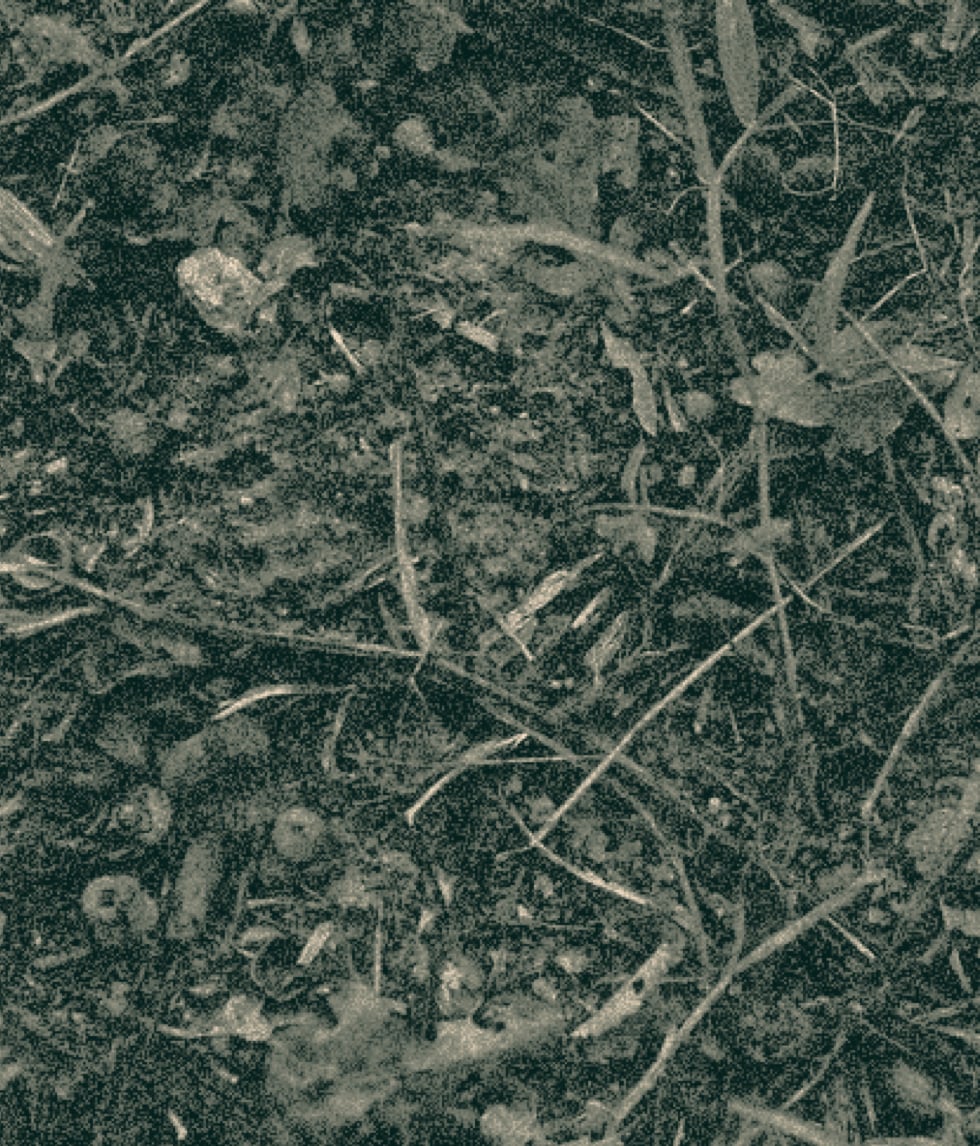
The domaine’s 9 ha are devoted mostly to Chardonnay with 1.7 ha of Savagnin and some Trousseau and Poulsard rounding out the plantings.
The domaine’s nine hectares are devoted mostly to Chardonnay with Savagnin sited in 1.7 of those hectares; some Trousseau and Poulsard round out the plantings. The viticulture is organic and the vinification is strictly traditional respecting, in all aspects, the ancient practices of this region. Nicole Deriaux’s natural approach to every step of the process captures the true essence of the Etoile appellation in each of the separate bottlings done at the domaine.
All grapes are hand-harvested and vinified in the cellars underneath the family home, which is surrounded by the picturesque mountaintops of the Jura. Fermentation occurs in stainless steel cuves but all wines are then racked into a combination of foudres, demi-muids and smaller barrels, virtually none of which are new. The white wines are aged in barrel; they are never racked; they are not topped off. The very special nature of the appellation of L’Etoile produces white wines of exceptional finesse and complexity.
Farming
Practicing organic
Treatments
Copper-sulfate only
Ploughing
Annual ploughing to promote soil health
Soils
Blue, white, and red limestone-clay marls
Vines
Trained in Guyot and planted at 6000 vines/ha, vines average 40 years old.
Yields
Controlled through severe winter pruning, debudding, and green harvesting when necessary
Harvest
Entirely manual, usually mid-September
PURCHASING
Entirely estate fruit
Fermentation
Following manual destemming and a 3-4 day cold soak, red wines ferment spontaneously in stainless-steel tanks. Cuvaison lasts 18-28 days. Cuvée Spéciale ferments spontaneously in 230-l neutral oak barrels. Other white wines ferment spontaneously in stainless-steel tanks.
Extraction
Red wines see pumpovers during cuvaison. Most white wines see bâtonnage only to counter reduction.
Chaptalization
Chaptalization when necessary
Pressing
Pneumatic pressing for red wines, whole-cluster, direct pneumatic pressing for white wines
Malolactic Fermentation
Spontaneous, in foudres and barrels in the spring
Élevage
Red wines age 12-18 months in small barrels. Vin Jaune ages in foudres and smaller barrels for up to 7 years. Other white wines age in foudres and smaller barrels for 24-36 months. White wines are not topped up while in small barrels.
LEeS
Wines are racked following malolactic and remain on their fine lees until assemblage prior to bottling. Crémant remains sur lattes for 18 months.
DOSAGE
Crémant sees no dosage.
FINING & FILTRATION
All wines are unfined. White wines are filtered with diatomaceous earth when necessary. Red wines are unfiltered.
SULFUR
Applied when necessary
